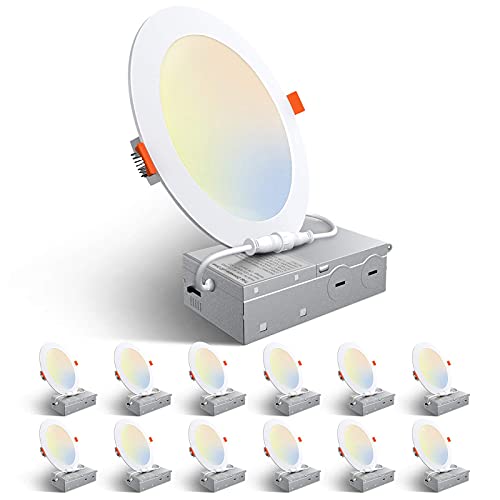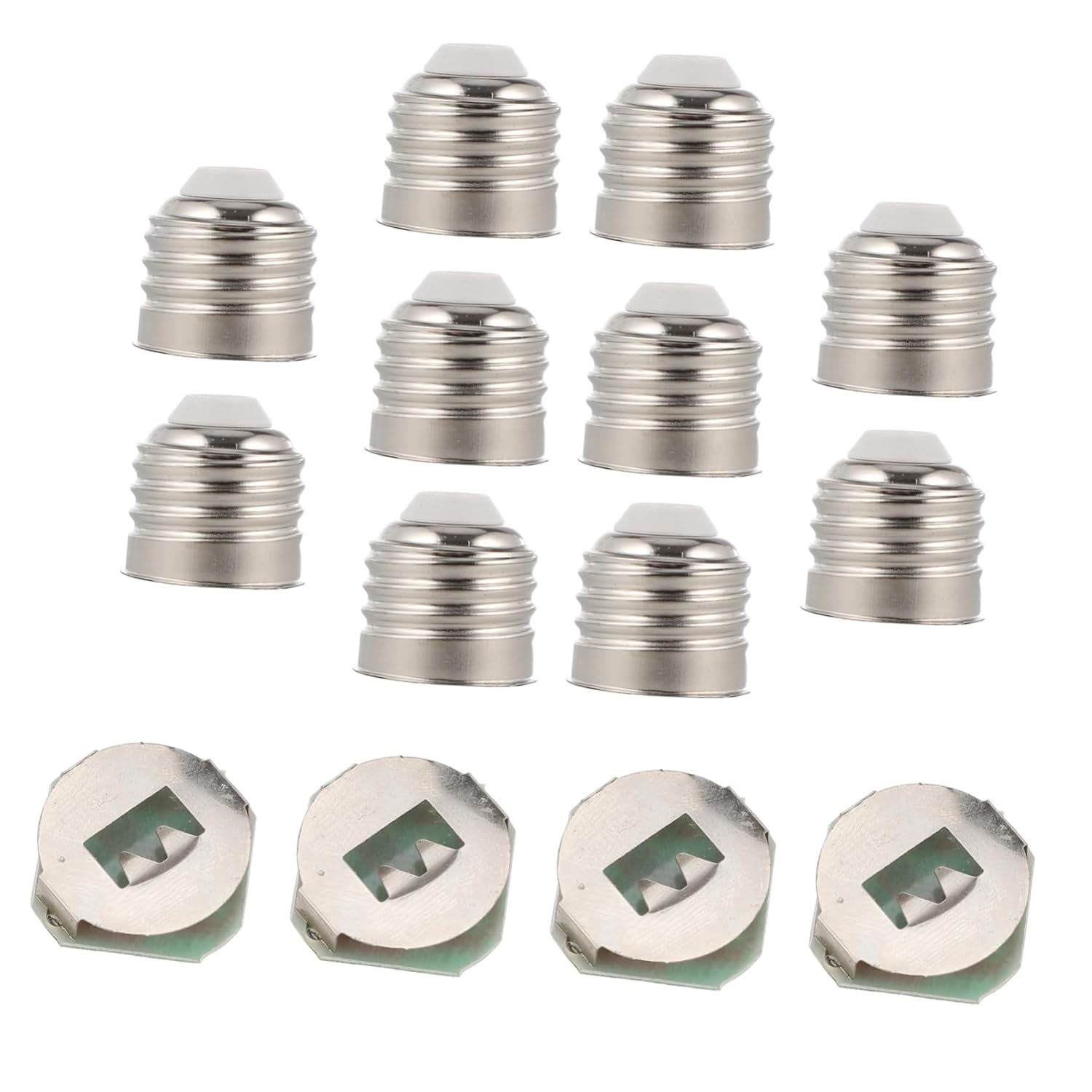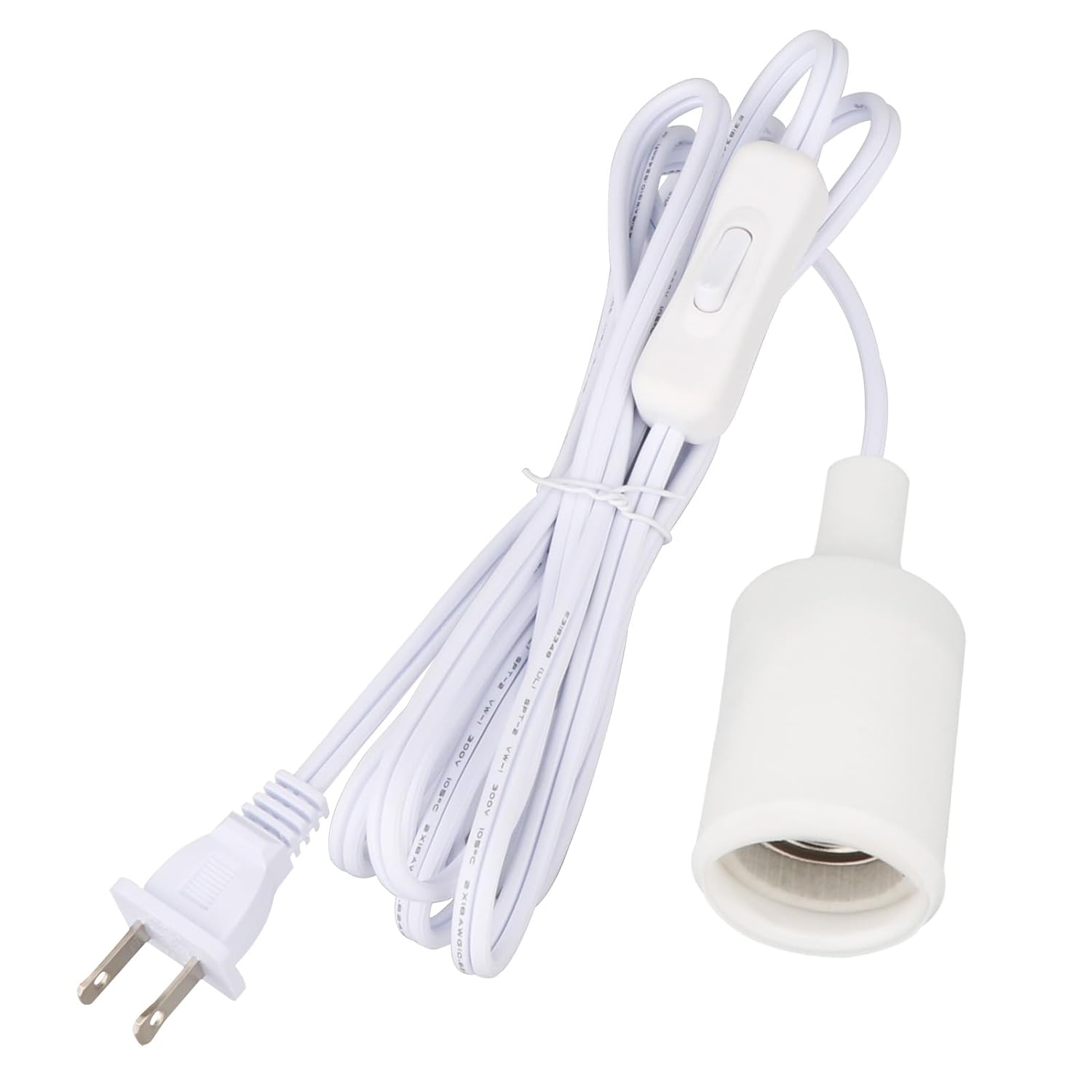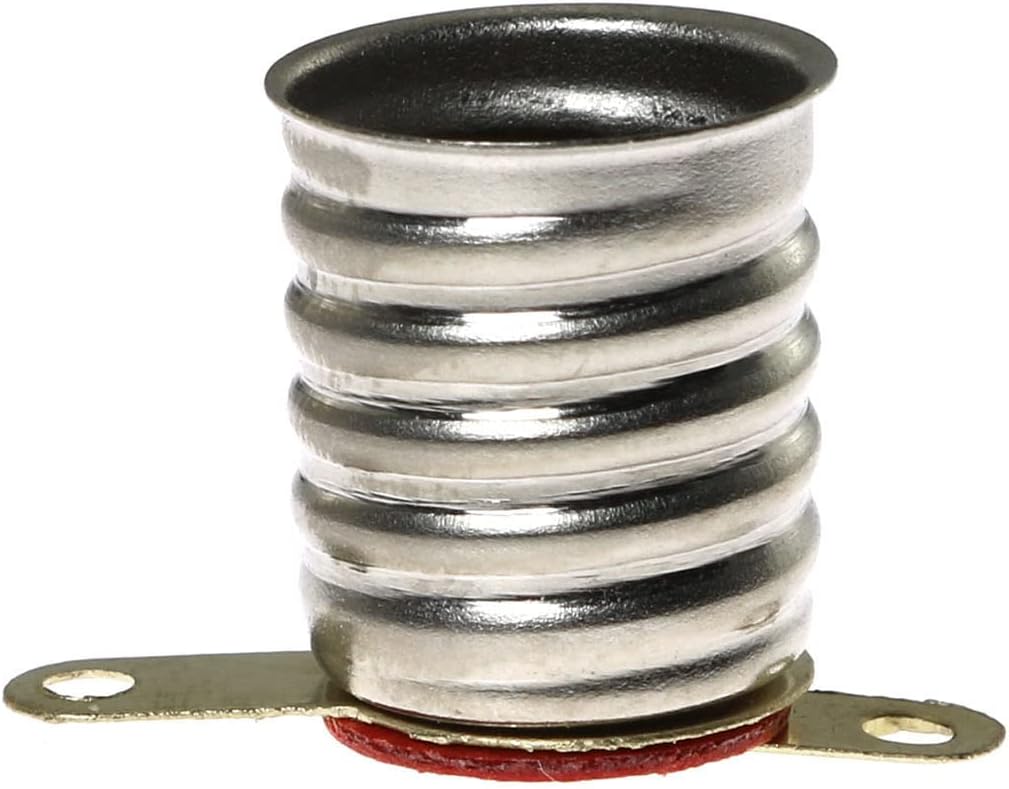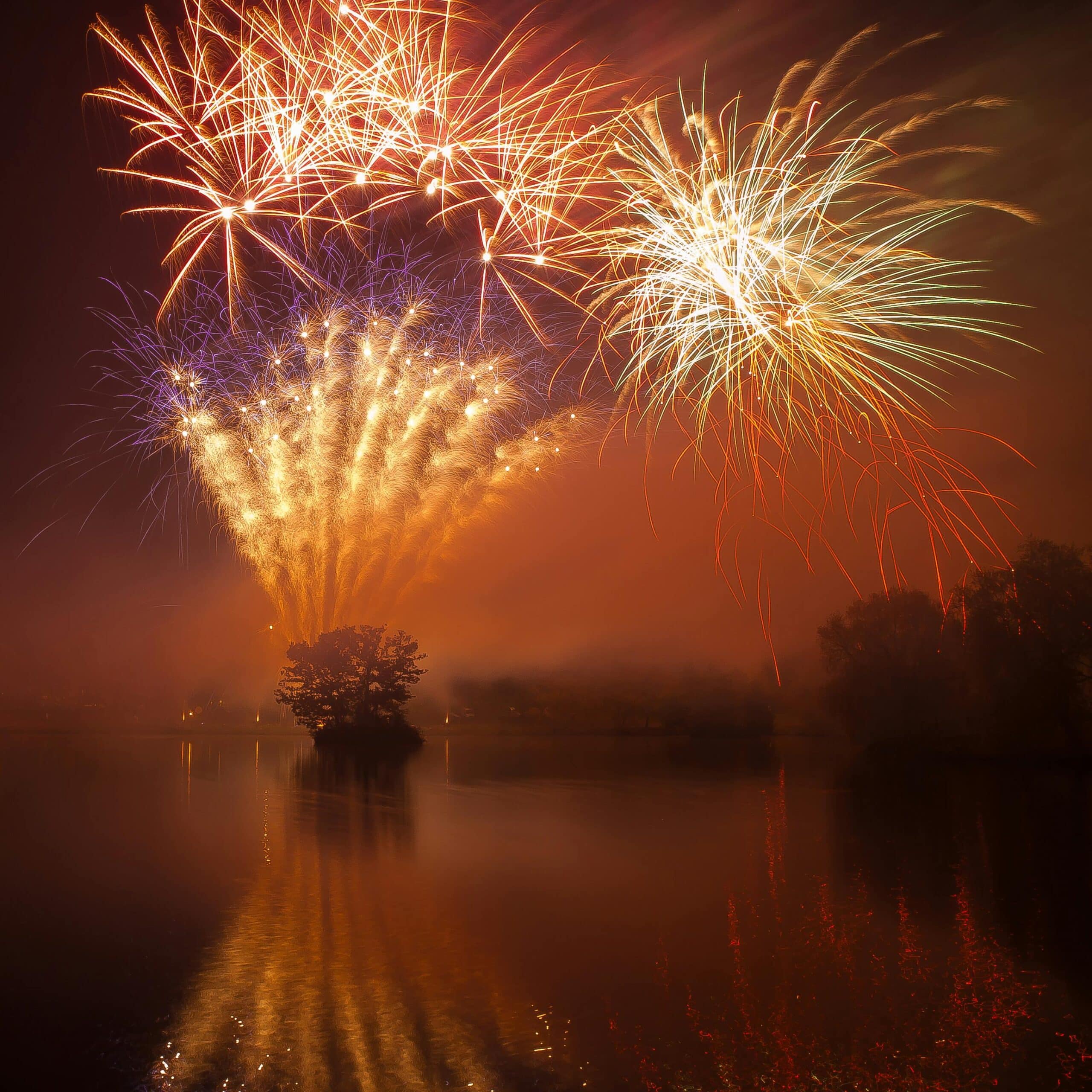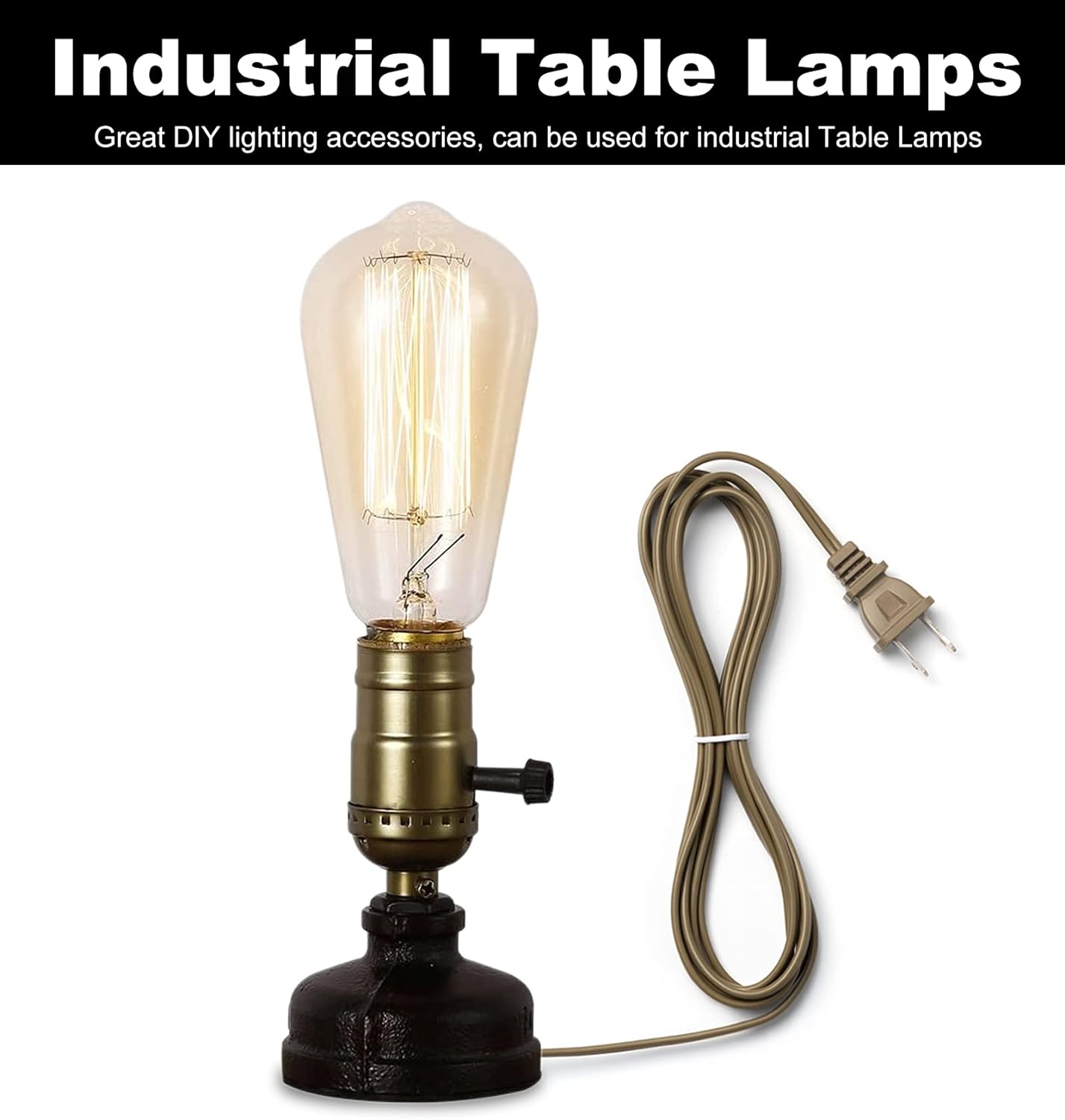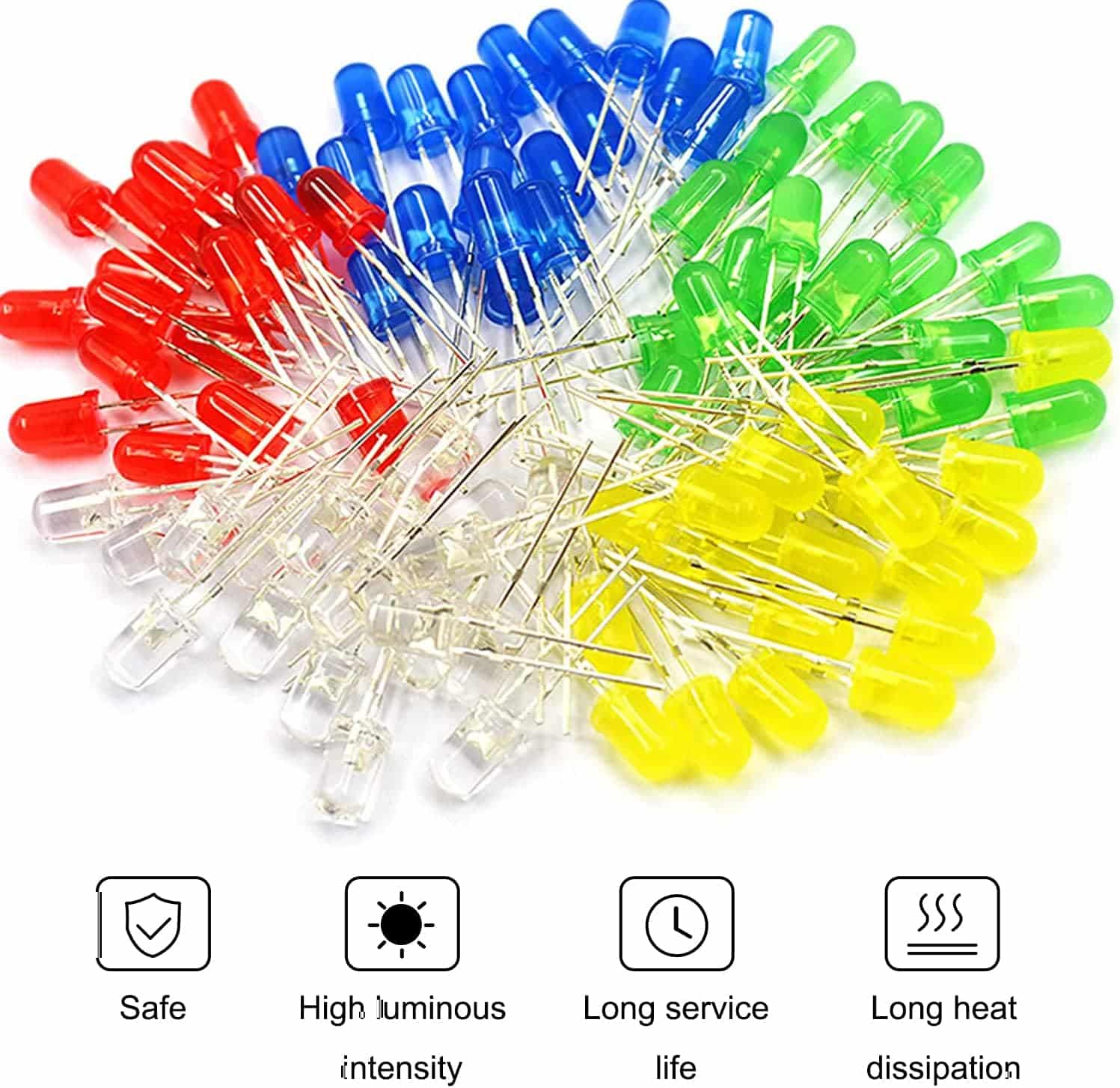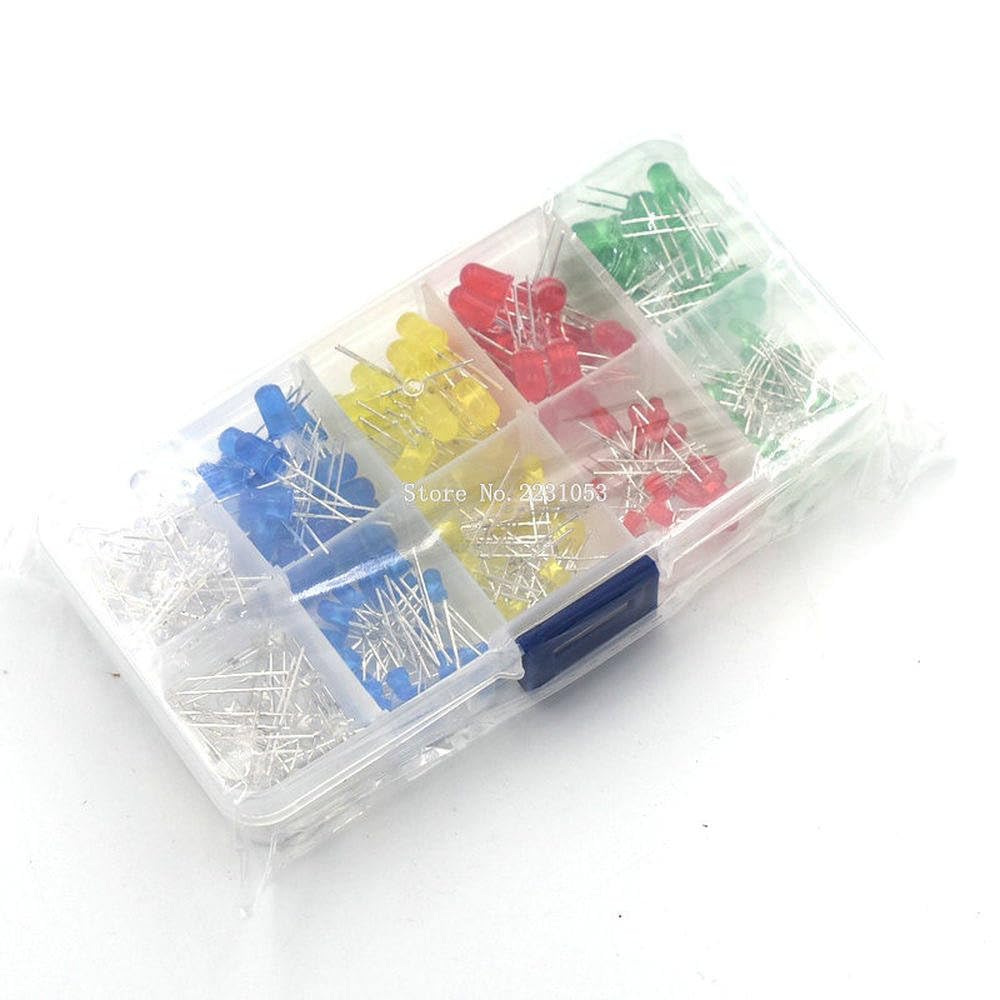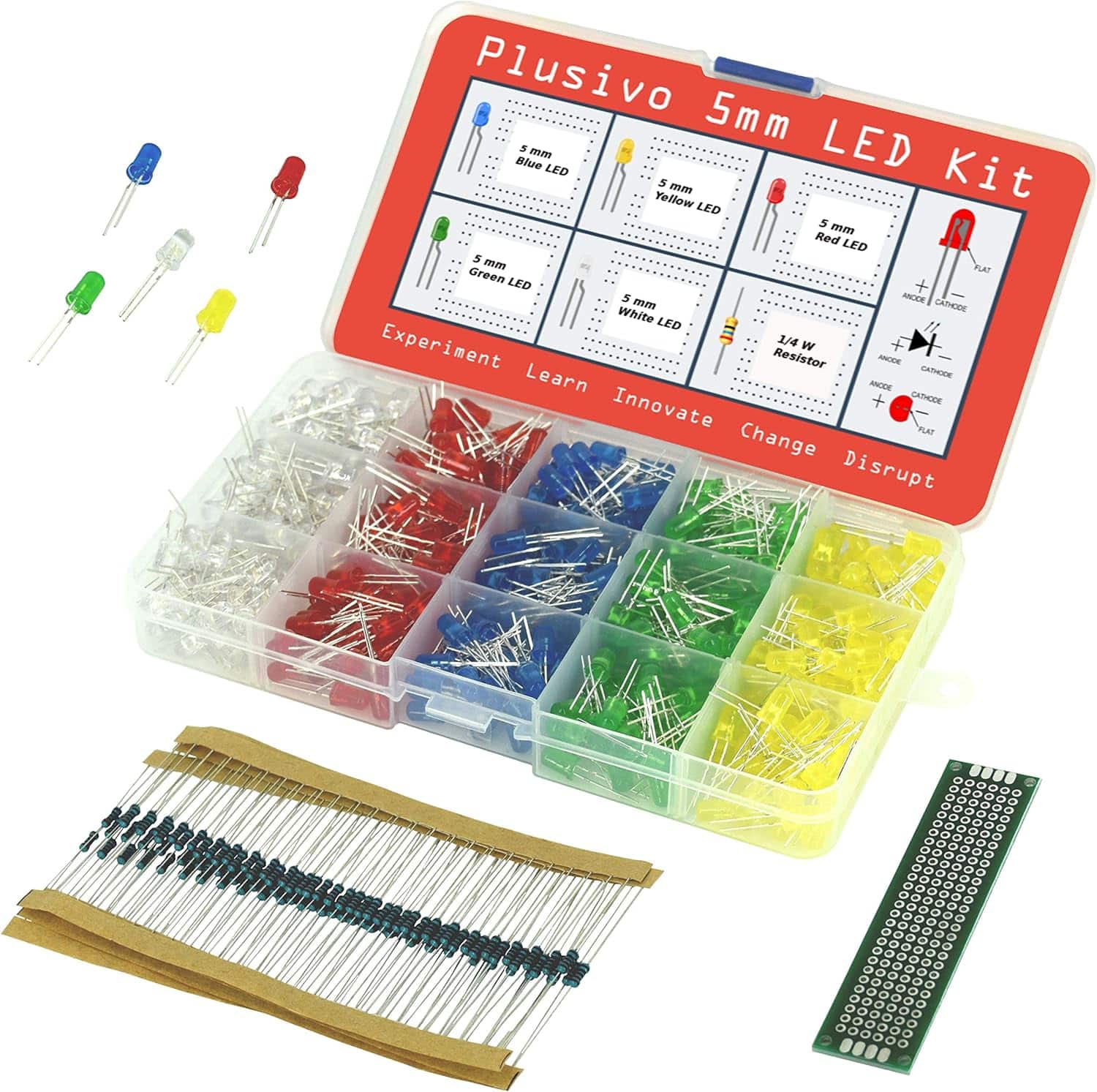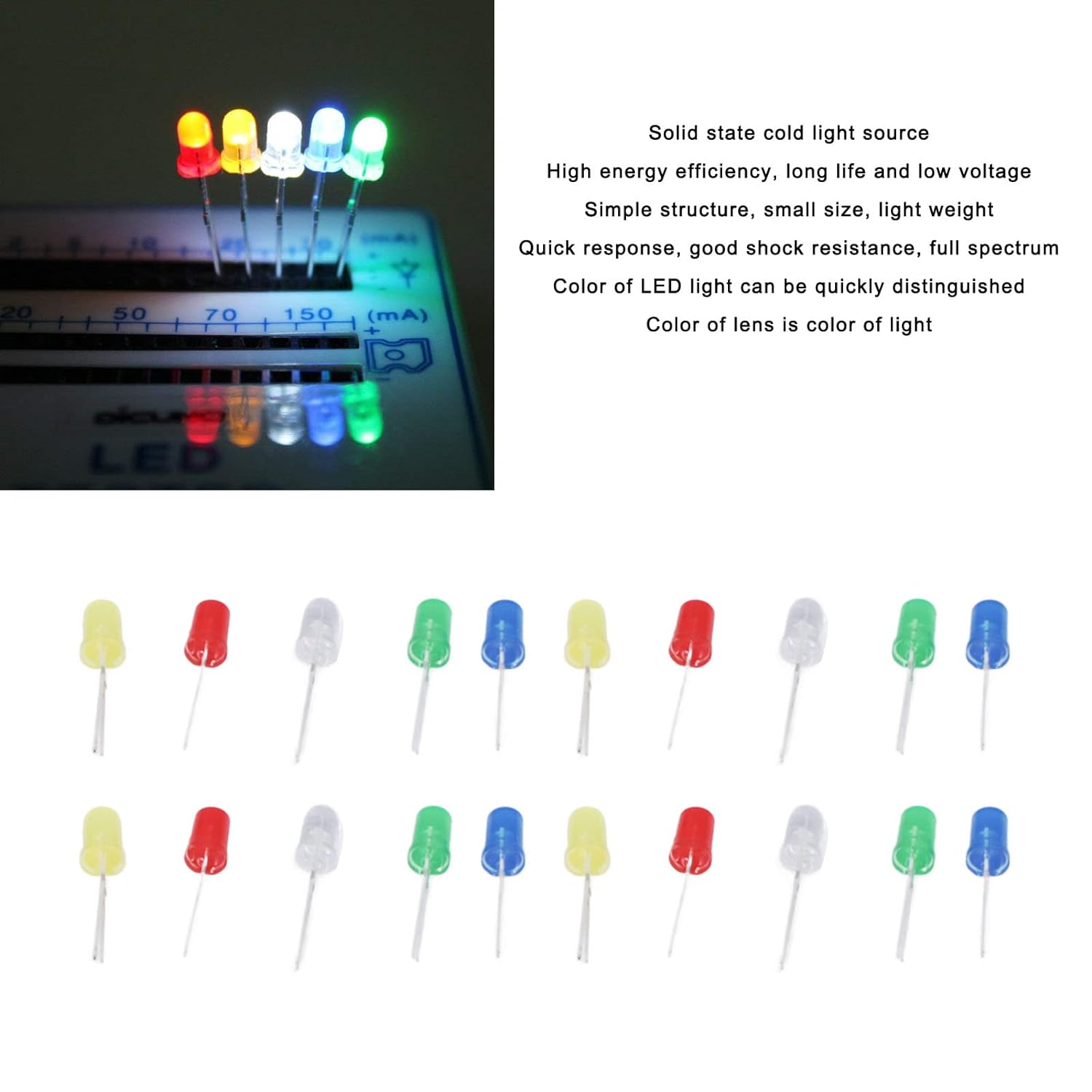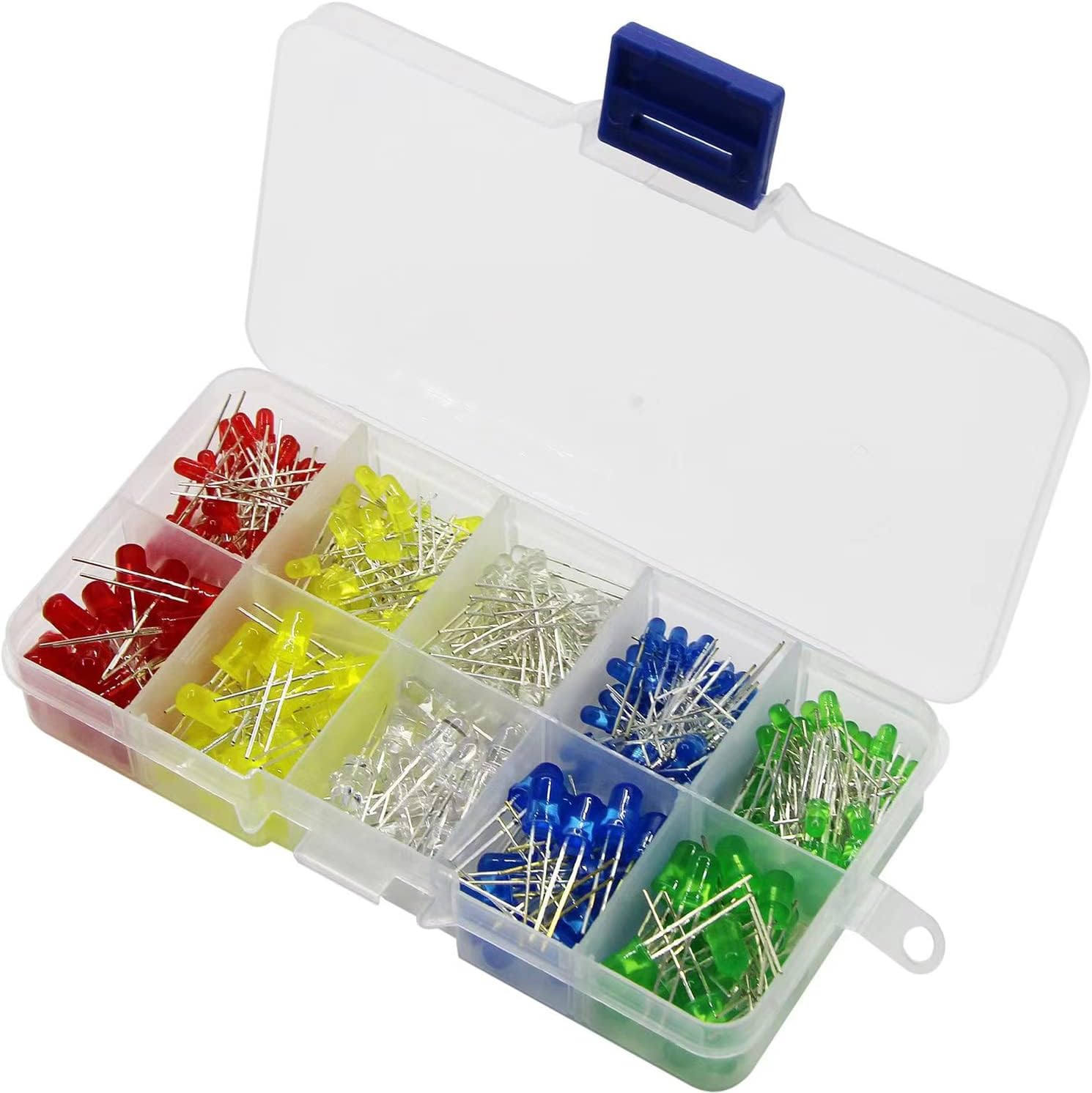Replacing an existing recessed light with LED is quite simple and can be done in just a few steps. First, make sure to turn off the power to the existing light at the circuit breaker. Next, remove the trim and bulb from the recessed light fixture. Disconnect the wiring and remove the old fixture from the ceiling. Install the LED retrofit kit into the existing housing, making sure to connect the wires securely. Finally, attach the trim to the new LED retrofit kit and restore power to the light. Enjoy your new energy-efficient LED recessed light!
Top-Rated LED Recessed Lights



Step-by-Step Guide: How to Upgrade Your Existing Recessed Can Light to LED
Gather the necessary tools and materials
To gather the necessary tools and materials, first, locate an LED recessed light kit. Next, grab a screwdriver, wire cutters, electrical tape, and a sturdy ladder or step stool. For example, you can search online or visit your local hardware store to find an LED recessed light kit. As for the screwdriver, any Phillips or flathead screwdriver should suffice. Wire cutters are available at most electrical supply stores, while electrical tape can be found in supermarkets or hardware stores. Lastly, ensure you have a ladder or step stool that is tall enough to reach the recessed light fixture safely.



Turn off the power
- Your safety is paramount when dealing with electricity, so please take extra precautions.
- First, locate the circuit breaker that controls the recessed light you are working on.
- Next, switch off the circuit breaker to cut off power to the light fixture.
- To be absolutely certain that there is no power running to the fixture, use a voltage tester and check for any electrical current.
Remove the old recessed light
To remove the old recessed light, start by using a screwdriver to carefully remove the trim and any other attachments. Once the trim is off, unscrew the light bulb and disconnect any electrical connections. While removing the light fixture from the ceiling, make sure to support it to prevent any damage or accidents.



Prepare the wiring
To prepare the wiring for your project, start by inspecting it to ensure it is in good condition. Look for any frayed or damaged wires and trim them if necessary. Then, using wire strippers, carefully strip about half an inch of insulation from the ends of the wires to expose the bare copper. Remember to be thorough and take your time to ensure a safe and secure electrical connection.
Install the LED recessed light housing
To install the LED recessed light housing, start by following the manufacturer’s instructions. Align the housing with the existing hole in the ceiling, ensuring it is in the correct position. Next, use a screwdriver to tighten any screws or clips that secure the housing in place. By following these simple steps, you’ll have your LED recessed light housing properly installed and ready to illuminate your space.
Connect the wiring
To connect the wiring of your LED recessed light, start by attaching the black (hot) wire from the light to the black wire from the electrical box using a wire connector. Next, repeat this step by connecting the white (neutral) wires together. Finally, ensure a safe connection by joining the bare copper or green (ground) wires together.
Install the LED trim
To install the LED trim, start by inserting it into the housing. Rotate the trim until it locks into place securely. Remember to consult the manufacturer’s instructions for any additional steps, such as adjusting the angle or color temperature of the light. Following these simple steps will help you successfully install your LED trim and enjoy its benefits.
Turn on the power and test the light
- Make sure all the connections for the LED recessed light are secure.
- Turn the power back on by flipping the circuit breaker switch.
- Test the LED recessed light by flipping the switch.
- If the light turns on, congratulations! You have successfully replaced your existing recessed light with an LED.
Wrapping Up Your LED Conversion
In conclusion, I hope this blog post has provided you with a clear understanding of how to replace an existing recessed light with LED. By following the step-by-step instructions outlined here, you can enjoy the benefits of energy efficiency and longevity that LED lighting has to offer. Just remember to prioritize your safety throughout the process by ensuring the power is turned off before starting any electrical work. Now, go ahead and confidently upgrade your lighting to LED and enjoy the enhanced lighting experience it brings!
Essential Tools







Efficient Lighting Upgrades
Step-by-step guide to effortlessly brighten up your space with LED recessed lights
- Determine the location: Decide where you want to install the LED recessed lights. Common areas include living rooms, kitchens, bathrooms, or hallways. Choose areas that require focused lighting or where you want to create a specific ambiance
- Plan the layout: Measure the space and plan the placement of your lights accordingly. Consider factors such as the size of the room and the desired lighting effect. You may opt for a symmetrical layout or a more creative arrangement, depending on your preferences
- Install the lights: Start by turning off the power to the area where you’ll be working. Using a hole saw or a suitable cutting tool, create a hole in the ceiling for each light. Follow the manufacturer’s instructions to connect the wiring and securely attach the lights in place. If you’re unsure about electrical work, it’s best to hire a professional to ensure safety
- Select the right bulbs: LED recessed lights use light-emitting diode technology, which is energy-efficient and long-lasting. Choose bulbs with the desired brightness level and color temperature to achieve your desired lighting effect. Consider dimmable LEDs for added flexibility in adjusting the light level
- Experiment with lighting control: Explore different ways to control your recessed lights. A simple on/off switch may suffice, but you can also consider using a dimmer switch to adjust the light intensity. For more advanced options, you might explore smart lighting systems that allow you to control the lights remotely using a smartphone app or other compatible devices
- Remember, if you’re unsure about any step or aspect of the installation process, it’s always best to consult an electrician or seek professional assistance. Safety should always be a top priority when working with electrical installations
Answers to common questions about LED recessed lights
What is the lifespan of LED recessed lights and how does it compare to other lighting options?
LED recessed lights have a significantly longer lifespan compared to other lighting options. On average, LED recessed lights can last anywhere between 15,000 to 50,000 hours. To put that into perspective, if you have your LED recessed lights turned on for 6 hours every day, they could last you anywhere between 6 to over 20 years!
This lifespan is much longer than traditional incandescent or halogen lights, which typically last around 1,000 to 2,000 hours. Compact fluorescent lights (CFLs) last longer than incandescent lights, with an average lifespan of 8,000 to 10,000 hours. But even CFLs don’t come close to the longevity of LED recessed lights.
The extended lifespan of LED recessed lights not only saves you the hassle of constantly replacing bulbs but also saves energy in the long run. LED lights are energy-efficient, consuming significantly less electricity compared to incandescent or halogen lights. So, not only do you get long-lasting illumination with LED recessed lights, but you also save on your energy bills.
In conclusion, LED recessed lights have a much longer lifespan compared to other lighting options, making them a reliable and cost-effective choice for your lighting needs.
What are LED recessed lights and how do they differ from traditional lighting options?
LED recessed lights, also known as LED downlights, are modern lighting fixtures that are mounted flush with the ceiling or wall. They are designed to provide efficient and focused lighting in a space. LED stands for Light Emitting Diode, which is a semiconductor device that emits light when an electric current passes through it.
LED recessed lights differ from traditional lighting options in several ways. Firstly, they are much more energy-efficient. LEDs consume significantly lower amounts of electricity compared to traditional lighting options, such as incandescent or fluorescent bulbs. This energy efficiency makes them environmentally friendly and helps reduce electricity bills.
Secondly, LED recessed lights have a longer lifespan. Traditional light bulbs typically last for a few thousand hours, while LED lights can last for tens of thousands of hours. This longevity reduces maintenance costs and the need for frequent bulb replacements.
Another important difference is that LED lights emit very little heat. Traditional lighting options, especially incandescent bulbs, produce a significant amount of heat. LED lights remain cool to the touch, making them safer and reducing the risk of fire hazards.
LED recessed lights also offer greater flexibility in terms of color options and brightness levels. With LED technology, you can easily adjust the color temperature and brightness of the light to suit your preferences or create different atmospheres in a space.
Lastly, LEDs are more environmentally friendly. Unlike traditional options, LED lights do not contain harmful substances like mercury, making them safer for both humans and the environment. Additionally, LED lights can be recycled, further reducing their environmental impact.
In summary, LED recessed lights are modern lighting fixtures that offer numerous advantages over traditional lighting options. They are energy-efficient, long-lasting, emit little heat, provide flexibility in terms of color and brightness, and are environmentally friendly. These factors make LED recessed lights a popular choice for both residential and commercial lighting applications.

